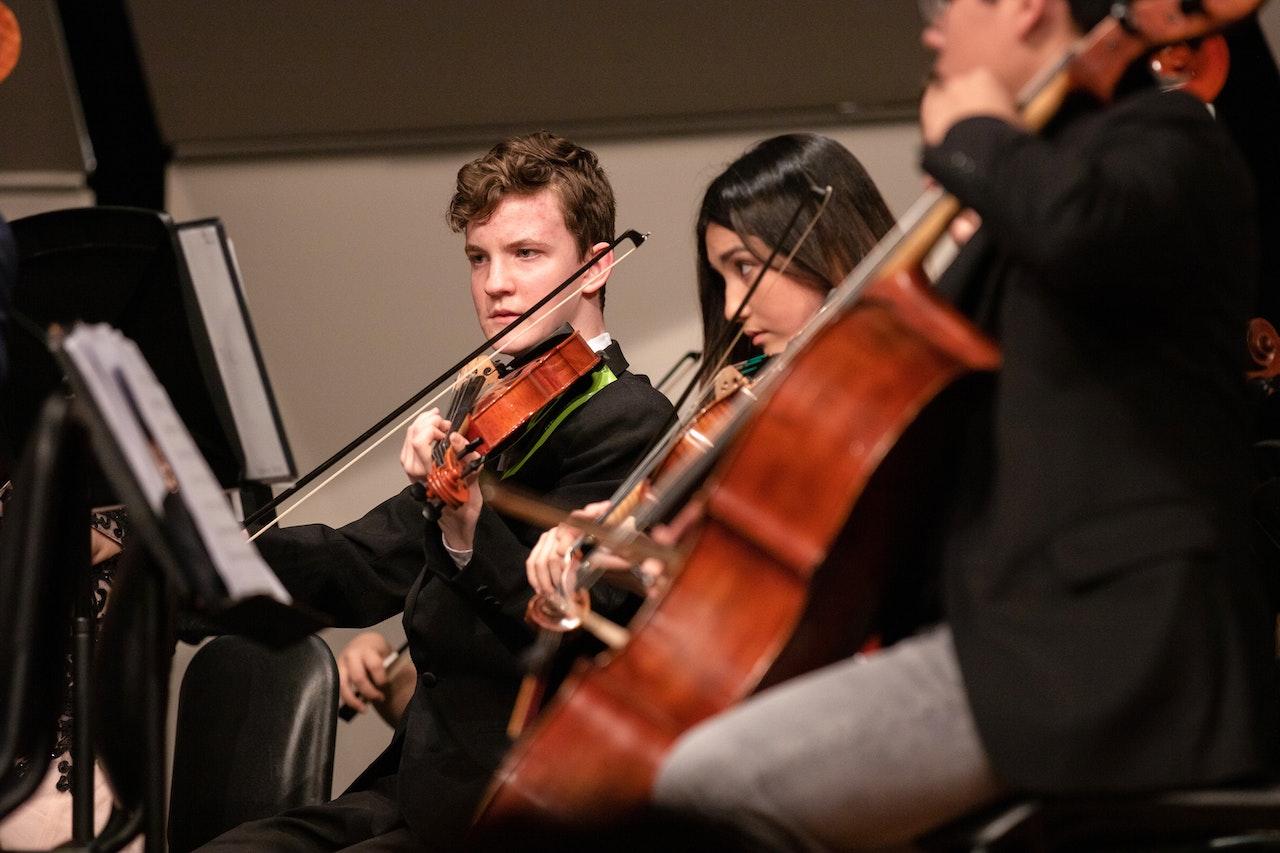ESM Welcomes College MatchPoint to the Team! Learn More

As college admissions become increasingly competitive, standing out is essential. ESM Prep Counselor Stuart Easton’s comprehensive timeline for building your activities list throughout high school will turn the question “What do I want to do with my life?” into a journey of growth and purpose. Learn how to pursue experiences that will deepen your expertise and leadership experience, all while setting yourself up for successful college applications!
As most students sit down to fill out college applications, one question lurks in the back of their minds.
As they draft and edit essays, fill out activity lists, and select majors, it grows larger and larger until it consumes them in an existential crisis:
“How am I supposed to know what I want to do with my life?”
And on its surface, this question does seem daunting. How should a seventeen-year-old know what it is they are driven by? What their purpose is?
But, as college admissions have gotten more competitive and schools have gone test-optional, having an answer to these questions has become a key to setting oneself apart from other applicants with similarly strong grades.
The good news is, there are options for making sure your student is able to answer questions like this as they sit down to craft their applications. As a college counselor, I always tell my new families that, done right, the college admissions process is a journey of self-discovery; it is an opportunity for a student to answer these questions, not a way to circumvent them.
So, without further ado, here is the timeline for finding that purpose that will structure your college applications.
In reality, this phase can start from the moment students are active in camps, programs, sports, etc. For our purposes, though, we’ll hone in on these two years as they straddle the starting line of high school for many students.
The best way to think about these years is that we want students to take advantage of all the new opportunities that come along with starting high school, and we don’t want them saying “no” to too much.
I often tell my students that if you haven’t joined two or three things that you end up quitting in this window, then you aren’t casting your net far enough.
This is also the best time in your entire life to be a “beginner”. Some students struggle with this idea, as the pressure to know it all at 14 can be immense—but in this window students should be encouraged to try a lot of different things at the entry level.
Entering their sophomore year, all of that experimentation should give way to advancement. Although not everyone finds the perfect thing in those early years, everyone does come out with experiences under their belt and a sense of what has worked for them and what hasn’t.
So, naturally, the next step is to pursue some interests to the next level. Whereas step one is about quantity of experience, step two is truly about quality. How can you take a foundational, entry-level experience and move it forward into a more challenging, rigorous, and selective opportunity?
For most students, this involves looking off-campus at programs, courses, camps, jobs, and internships. The goal is to take an initial spark and look for places in the world that can foster that spark into something more.
Returning with a full-blown flame, the Junior year arc is one of the most rewarding and exciting. This is where I push students to find their corner of specialization.
Having entered the field and then advanced within the field, this is their chance to put their stamp on the field. Don’t get bogged down in winning a Nobel Prize or founding a profitable start-up; instead, just focus on creating something that can stand on its own.
For many this means reaching out to industry professionals, establishing a project within their community, or generating some content to share with the world. By the end of the year, though, if a student can point to something tangible that is the culmination of four years of interest, all of a sudden they are applying to college not just as a learner but as a budding expert in their field.
And then, as the applications are being written and sent off, it is time for students to demonstrate this by taking the lead on something related to their field.
Quite simply, having demonstrated their ability to learn and create, now they have the opportunity to lead and teach. Whether it is starting a club, mentoring younger students, or educating those in their community, using their newly established confidence to give back shows colleges their character and continues their progression in their chosen field.
No matter when a student starts, this structure can be adjusted to fit the time they have left. Of course, though, it’s extremely valuable to start the journey of self-discovery and growth as a leader as early as possible. Think of it as a cheat code to arriving at the finish line with a purpose and a direction in hand.
Doing so with a college counselor is an even more significant advantage—they’ll guide you and you can tap into their experience for potential pathways.
All in all, with the college application landscape in its current form, having a narrative is more important than ever. As you begin to think about the path your student will take, know that this isn’t just a chance for them to craft a narrative, but a chance for them to discover who they are and what they like.
As they say, experience is the best teacher.